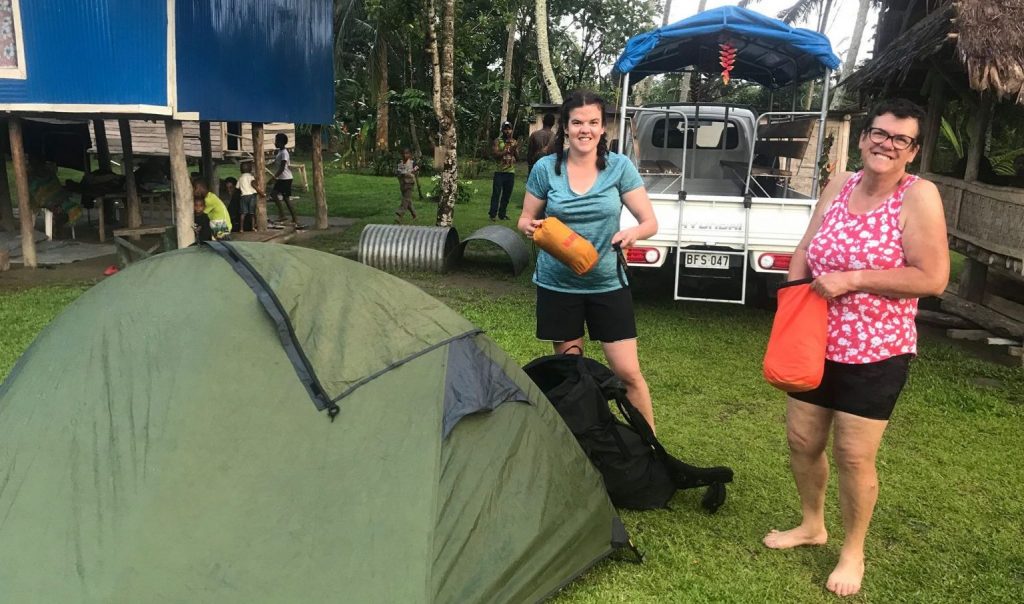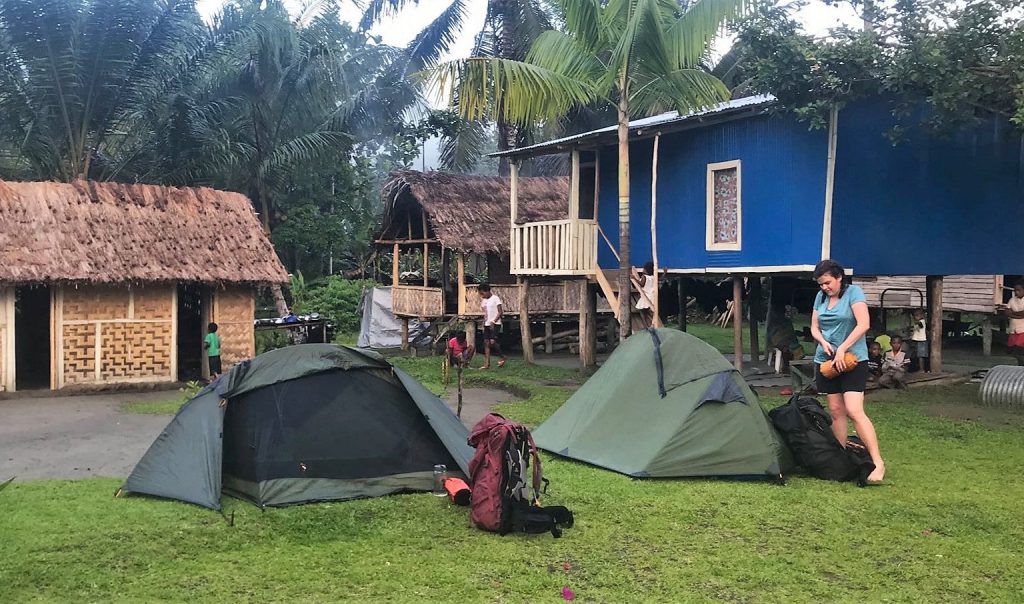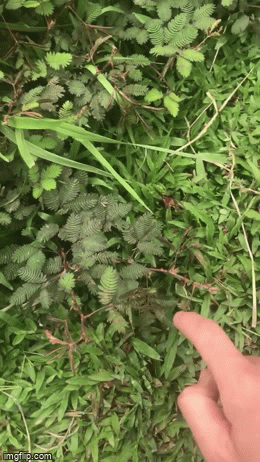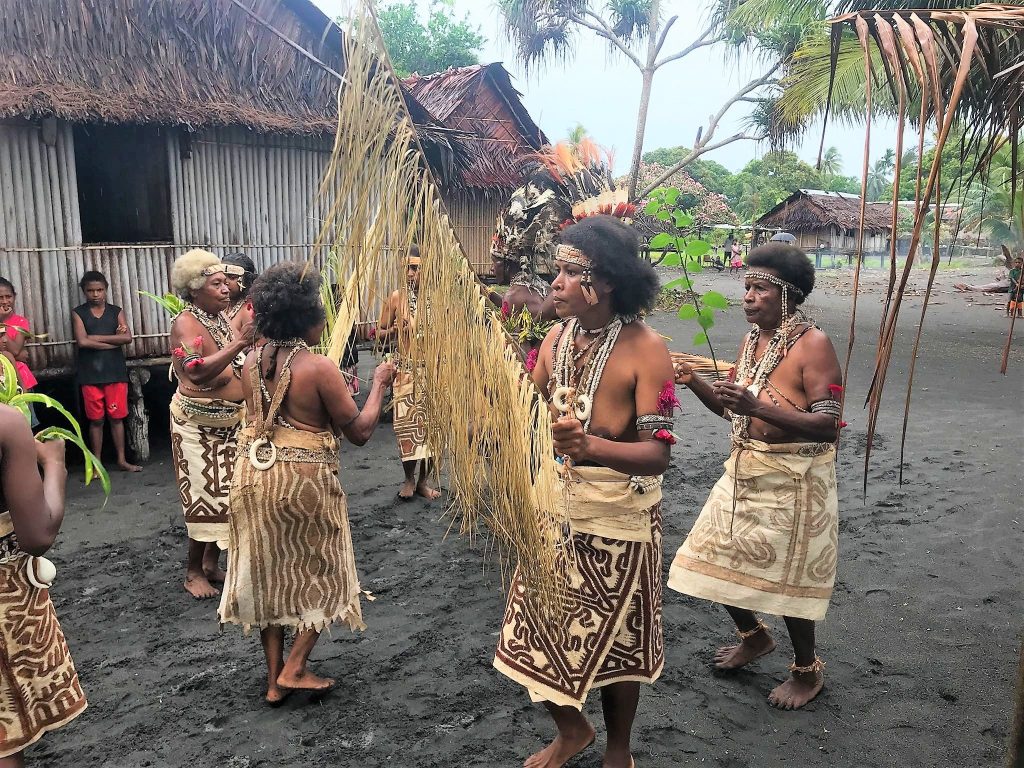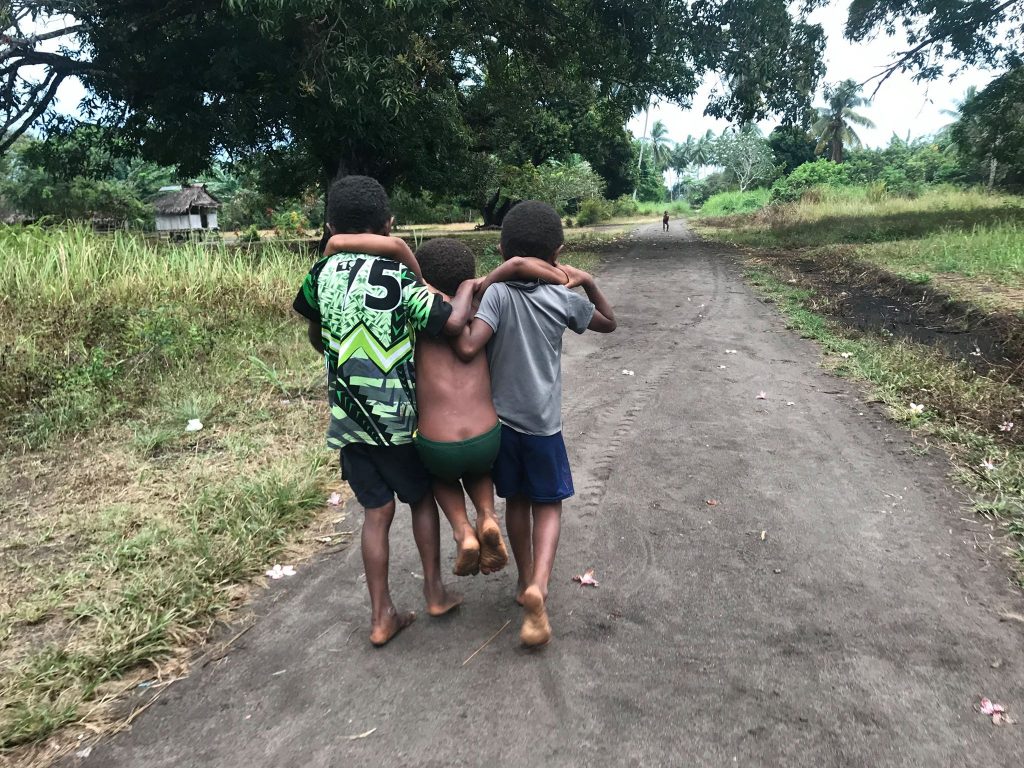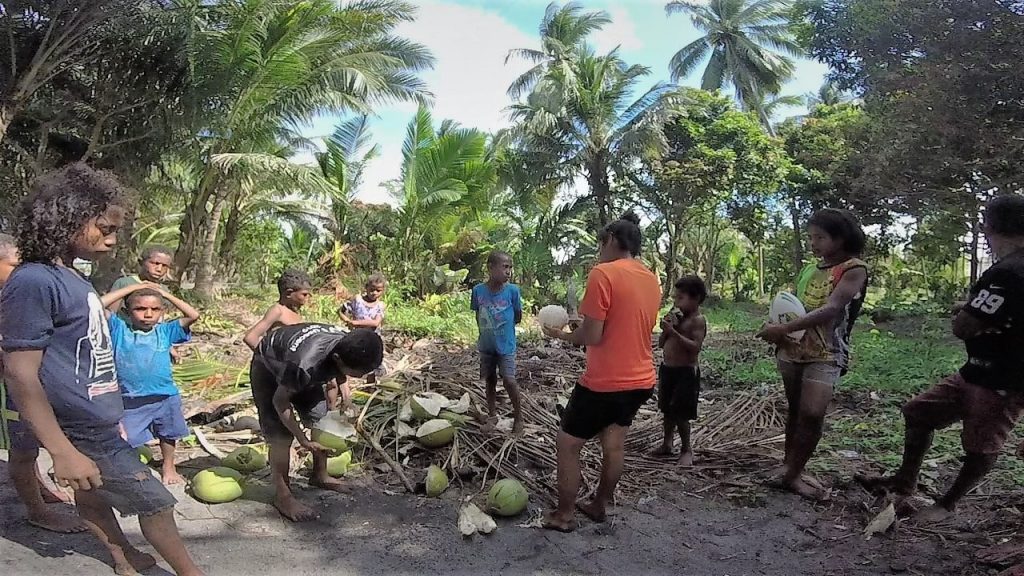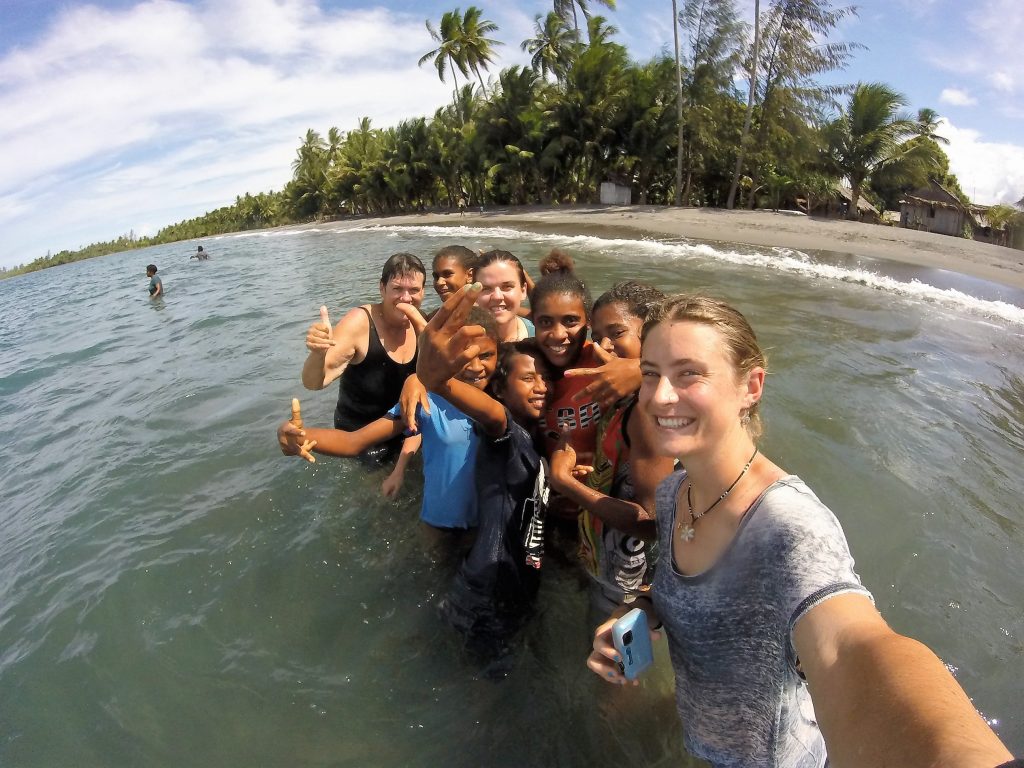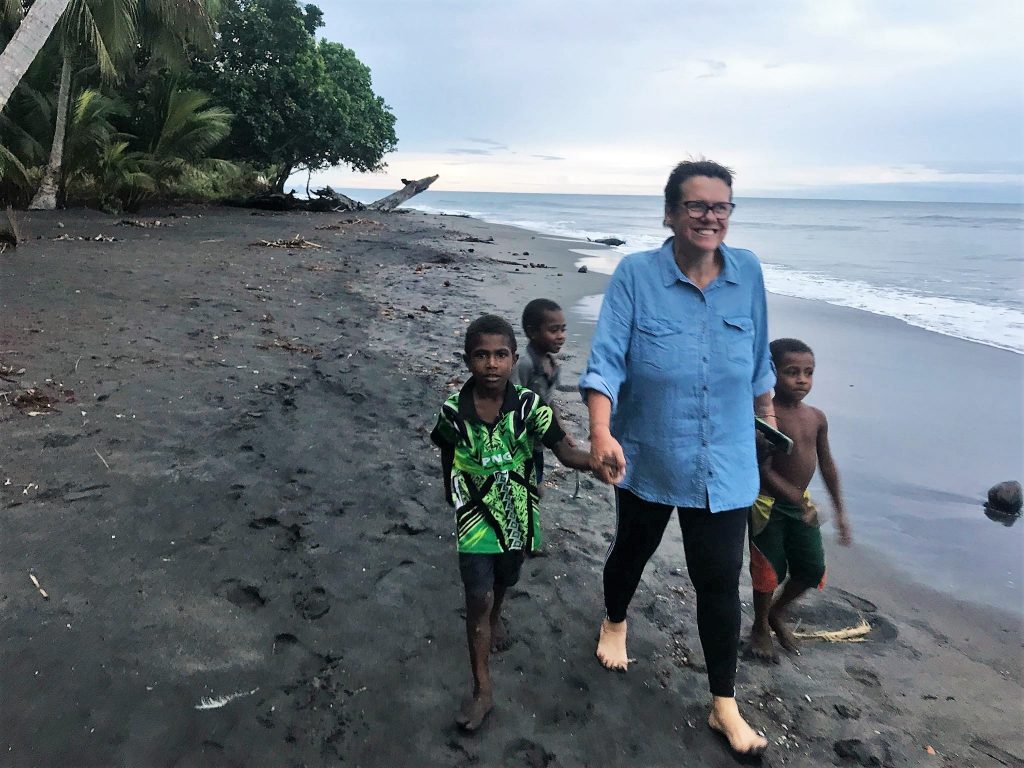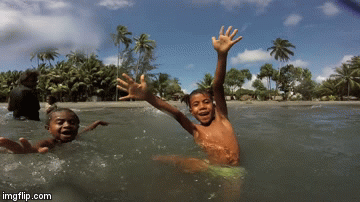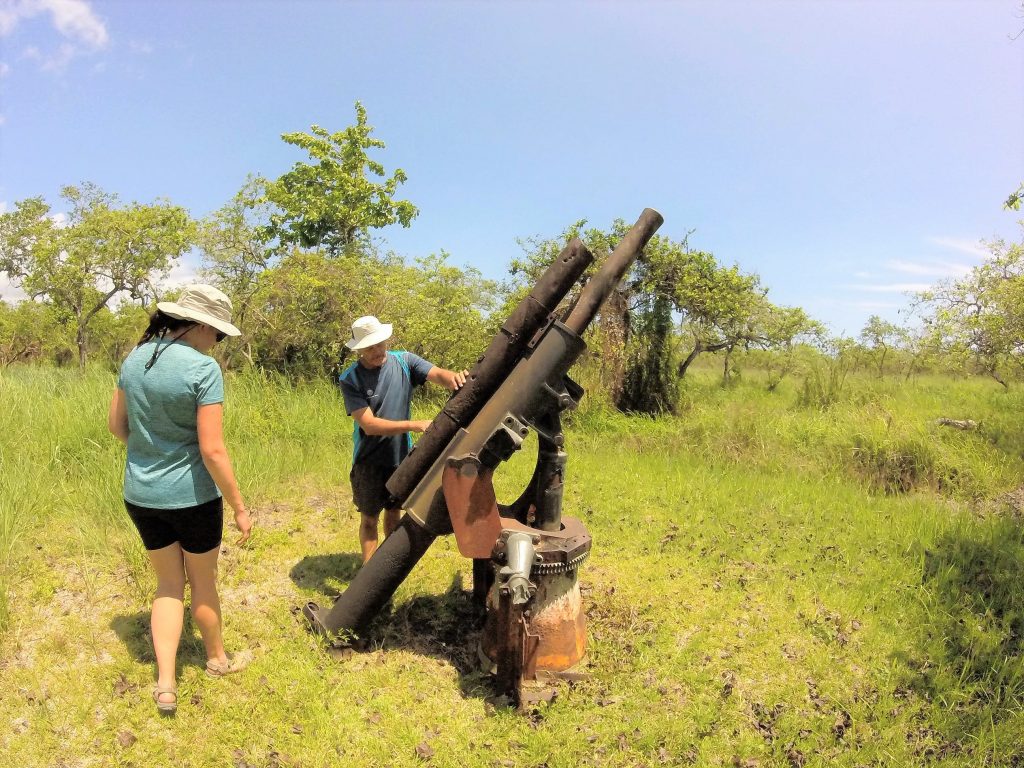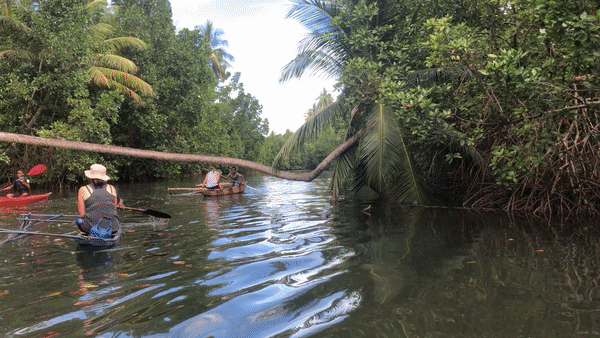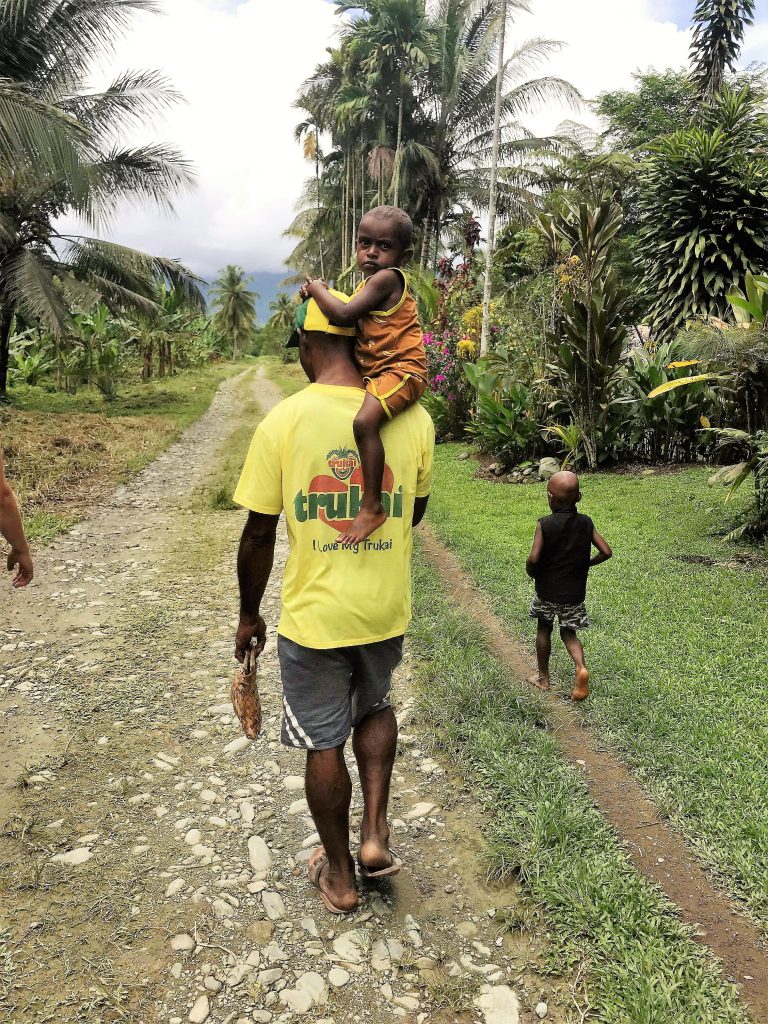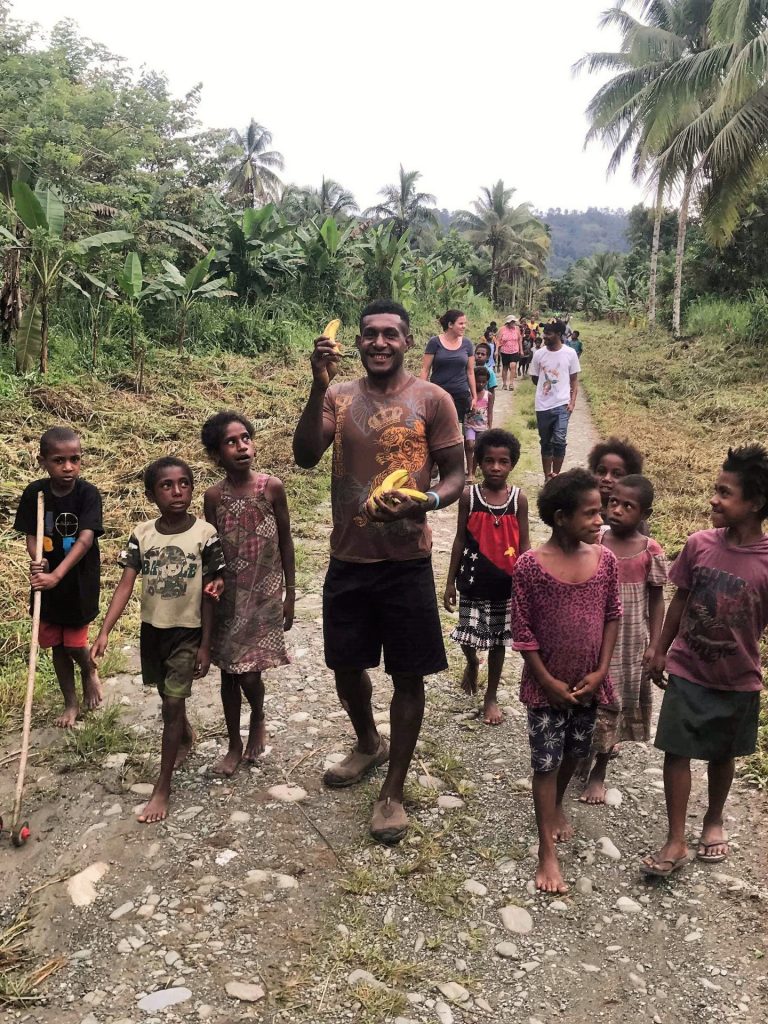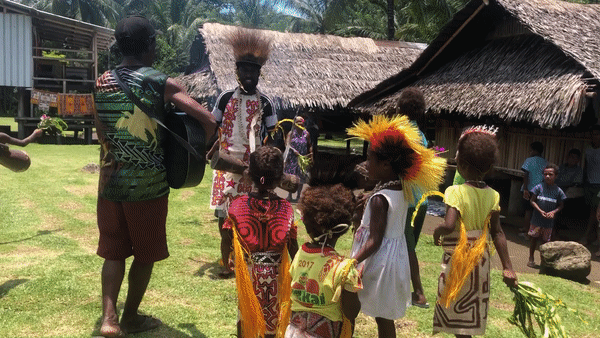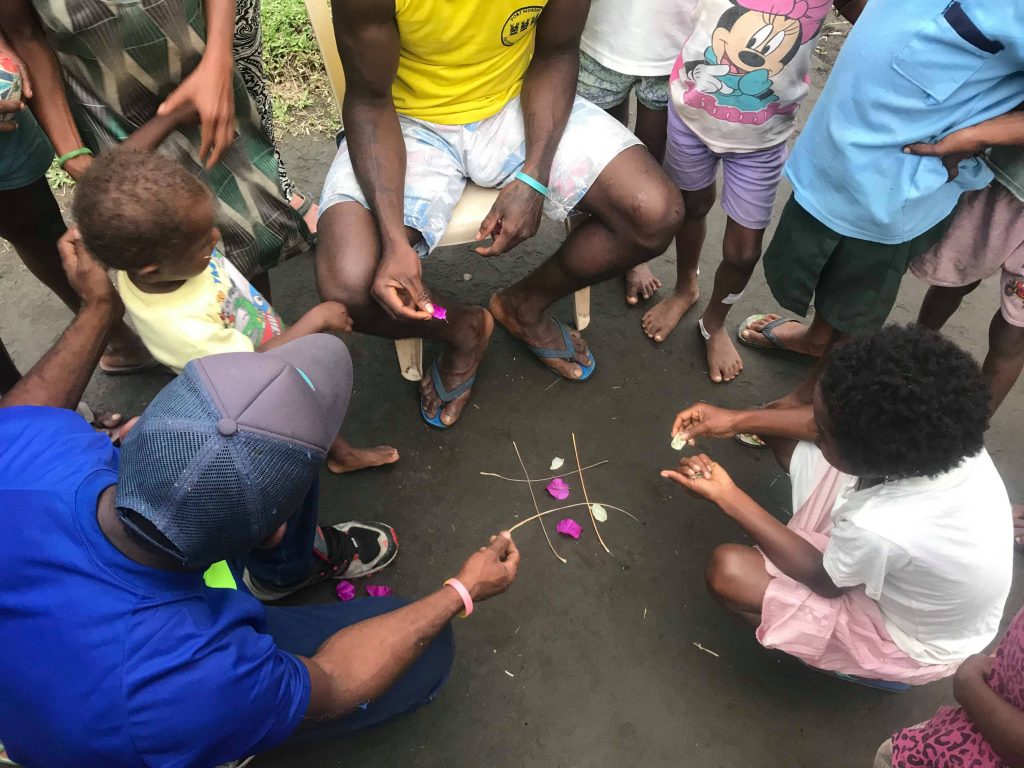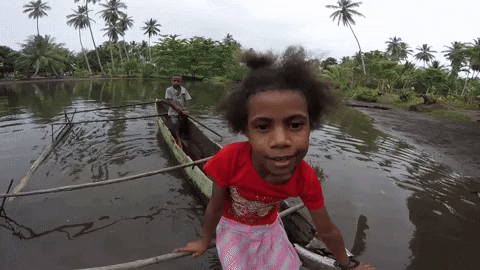All good things must come to an end
Each of these villages had their own impact on me and each hold their own special place in my heart, especially Buna and Ilimo. If you’d have asked me at the beginning of 2019 where I was going to travel that year, I wouldn’t say Papua New Guinea had crossed my mind.
Now… I think about it more often than not and I see myself going back and walking the track again as soon as possible! I found this post very difficult to write because there was always so much more that I wanted to include.
Since October 2019 we have all stayed in contact with our Buna boys, we’ve sent gifts over with Terry for each of the boys, their families and their villages. And I’ve had letter correspondence with Julius and Lino from Ilimo. The friendships we built will not end because the trip is over.
I owe this incredible opportunity to Terry Hewett at Adventure Out, who took a chance on me and planted the seed in my mind when I first met him. So thank you Terry.
I also want to thank Vicki and Kendal for being the greatest travel companions! The moment we met I felt as though I’d known you two forever and as I said in Part 1… I knew there was never going to be a dull moment.
Thank you to all our porters. Basil, our fearless leader, Desmond, Bowen, Vincie, Johnkay and Johnson. And thank you to every single person at The Plantation, Buna Village and Ilimo village for taking amazing care of us. You are all very special to me.
I left this country with more than I ever could have imagined. I left with a sense of achievement, feeling physically and mentally stonger. I left having grown as a person and having formed new friendships. And I left knowing I’d be coming back as soon as possible.
To finish, thank YOU if you read this whole thing! I hope I did this wonderful place some justice…





